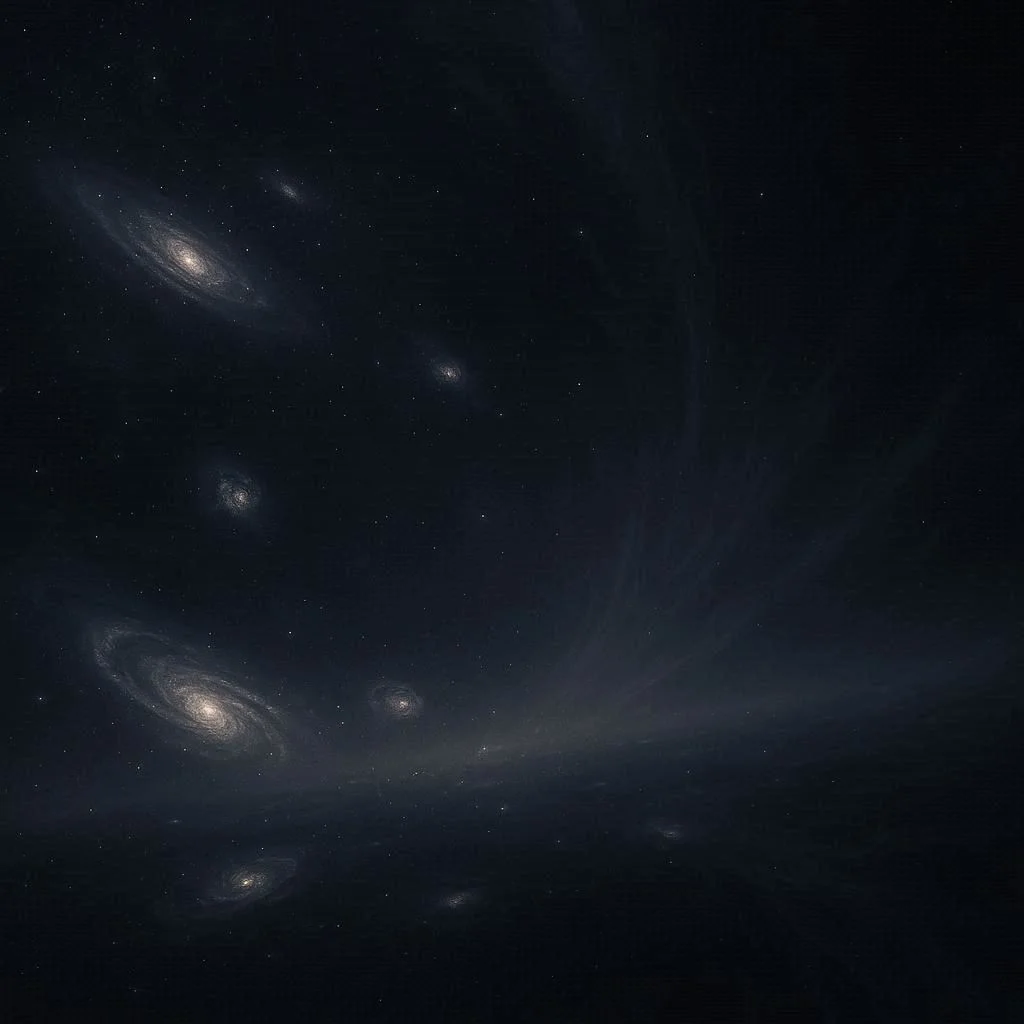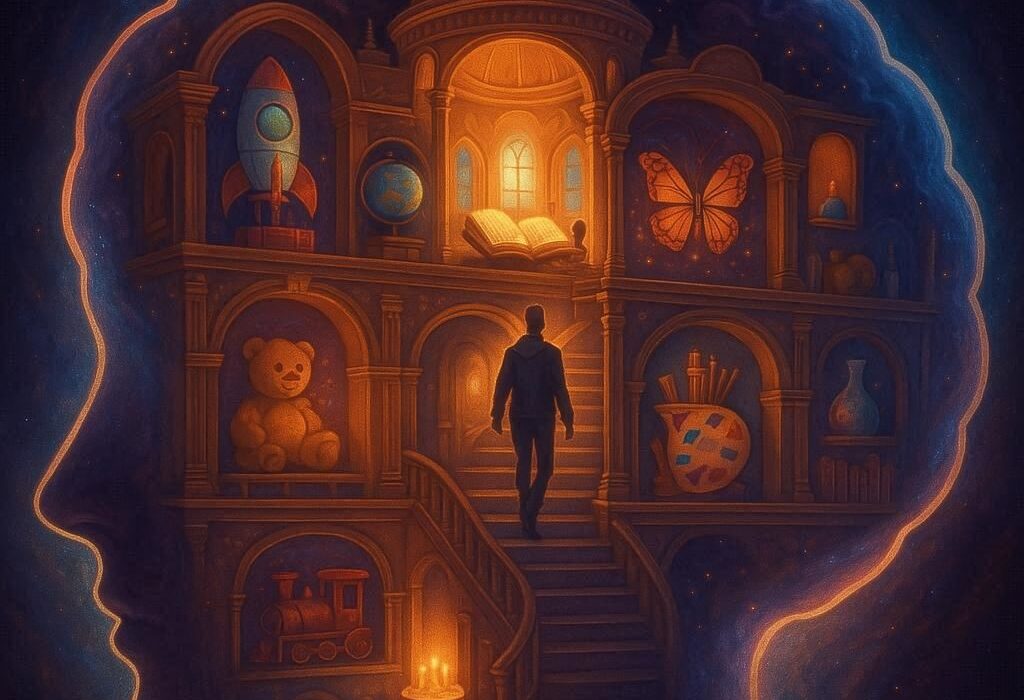From the first flicker of starlight to the vast tapestry of galaxies that adorn the night sky, human beings have always looked upward and wondered where it all leads. The universe is not a static stage upon which life unfolds; it is itself a dynamic entity, evolving, stretching, and reshaping across unfathomable scales of time. To ask about the ultimate fate of the universe is to ask one of the deepest questions in science and philosophy alike. Will the cosmos expand forever, dissipating into an endless cold darkness? Will gravity eventually halt its growth and pull everything back into a fiery collapse? Or does destiny hold something stranger still, something beyond our current imagination?
This is not a purely speculative inquiry. The laws of physics, the movements of galaxies, and the whispers of radiation from the dawn of time all carry clues about the future. The story of the universe’s fate is written in the fabric of space itself, waiting for us to decode. And in pursuing this mystery, we do more than predict the end—we reveal the profound interconnection between beginnings and endings, between the first moments of the Big Bang and the silent future that awaits.
The Expanding Universe
To understand where the universe is headed, we must first grasp how it began. For centuries, cosmology was rooted in the idea of a static, eternal cosmos. Even Albert Einstein, in developing his general theory of relativity in 1915, initially believed the universe must be unchanging. But the mathematics suggested otherwise: gravity would cause the cosmos to either expand or contract. To preserve stability, Einstein introduced the cosmological constant, a kind of mathematical patch to hold everything in place.
The illusion of a static universe was shattered in the 1920s by Edwin Hubble, who discovered that galaxies were receding from us in every direction. The universe was expanding, like the surface of a balloon being blown up. Hubble’s discovery transformed cosmology, proving that the cosmos had a beginning—the Big Bang—and setting the stage for questions about its end.
Expansion is the key to fate. If the universe is expanding now, will it continue forever, or will it slow and reverse under the pull of gravity? The answer depends on two opposing forces: the attractive pull of matter, which tries to halt expansion, and the outward push of whatever mysterious energy drives acceleration. Understanding the balance between these determines whether the cosmos burns out, collapses, or transforms into something stranger.
The Role of Gravity and Matter
Every atom, star, and galaxy contributes to the gravitational pull of the universe. If matter were sufficiently dense, gravity could eventually slow expansion to a halt, reversing it into contraction. This vision of the cosmos, once popular among cosmologists, imagined the universe ending in a “Big Crunch”—a mirror of the Big Bang, where galaxies collapse inward, stars are torn apart, and all space shrinks to a fiery singularity.
For much of the twentieth century, scientists debated whether the density of matter in the cosmos was high enough to cause such a collapse. Observations of galaxy clusters and cosmic microwave background radiation suggested the universe was close to a critical threshold: not too dense to collapse quickly, but not too sparse to expand uncontrollably. The question remained open: is the universe “closed” and doomed to fall back, or “open” and destined to drift forever?
The resolution of this debate came not from gravity, but from an entirely different phenomenon that shocked cosmology in the late twentieth century.
The Discovery of Dark Energy
In the 1990s, two independent teams of astronomers set out to measure how the universe’s expansion was slowing down under gravity. They studied distant supernovae, explosions so bright they can be seen across billions of light-years, as markers of cosmic distance and speed. To their astonishment, they found the opposite of what they expected: the expansion was not slowing but accelerating.
Something unknown was counteracting gravity, pushing galaxies apart at an ever-faster pace. This mysterious force was named dark energy. It is not matter, nor radiation, nor any familiar field. It is an intrinsic property of space itself, a kind of energy woven into the vacuum. Today, cosmologists estimate that dark energy makes up about 70 percent of the universe, dominating its destiny.
With dark energy in control, the future looks radically different from what had been imagined. No longer is the Big Crunch the most likely fate. Instead, the universe appears headed toward eternal expansion—but the details of that expansion depend on the true nature of dark energy, a mystery yet unsolved.
The Big Freeze
The most widely accepted scenario for the end of the universe is known as the Big Freeze, or heat death. In this vision, the cosmos continues to expand indefinitely, with galaxies drifting farther apart as space itself stretches. Over billions and trillions of years, stars will exhaust their nuclear fuel, and new stars will no longer form.
The night sky, once ablaze with light, will fade into darkness. Galaxies will grow cold and silent, their stellar remnants—white dwarfs, neutron stars, black holes—drifting in isolation. Matter itself may eventually decay, leaving behind only subatomic particles scattered across an empty void.
This is not a fiery apocalypse but a slow, silent extinguishing. Time itself becomes the stage for entropy, the gradual increase of disorder, until the universe reaches maximum entropy—a state of uniform cold where no energy remains to fuel motion or life. It is a haunting destiny, one of eternal stillness, where the cosmos does not die with a bang but with an endless whisper into nothingness.
The Big Crunch
Yet the Big Freeze is not the only possible ending. If dark energy were to weaken or reverse, gravity could eventually regain dominance. In such a scenario, the expansion would slow, halt, and then reverse. Galaxies would begin to fall toward one another, accelerating inward as the universe collapsed. Temperatures would rise, radiation would intensify, and stars and planets would be torn apart in the violent rush toward singularity.
This “Big Crunch” would be the fiery mirror image of the Big Bang. Some theorists suggest that such a collapse might not be an ending but a transition. Perhaps the universe could rebound in a new explosion, creating another cycle of expansion and contraction—a cosmic heartbeat without beginning or end. This cyclical model, though less favored in light of dark energy’s discovery, remains a tantalizing possibility, suggesting that death may also be rebirth.
The Big Rip
Among the strangest scenarios is the Big Rip, a fate that depends on the nature of dark energy. If dark energy grows stronger over time rather than remaining constant, its repulsive force could eventually overwhelm all other forces in the universe.
In such a cosmos, expansion would accelerate to catastrophic extremes. First, galaxies would be torn from each other. Then, stars would be ripped from galaxies, planets from stars. Ultimately, even atoms themselves could be pulled apart, as the very fabric of space expands faster than forces can hold matter together. The universe would disintegrate at every level, ending in a final, all-consuming rupture.
Though speculative, the Big Rip embodies the unsettling possibility that the cosmos is not just fading or collapsing, but actively tearing itself apart.
Beyond the Observable Horizon
The fate of the universe is not merely a question of physics but also of perspective. We inhabit only a small corner of a vast, possibly infinite cosmos. What we can see—the observable universe—is bounded by the distance light has traveled since the Big Bang. Beyond that horizon lies the unknown.
It is possible that our observable universe is just one bubble in a larger multiverse, each bubble with its own physical laws and fates. In such a framework, our universe may freeze, crunch, or rip, while others experience entirely different destinies. The multiverse, if it exists, transforms the question of cosmic fate from a singular narrative into a vast mosaic of possibilities.
Time Beyond Measure
When we speak of the fate of the universe, we are forced to reckon with scales of time that dwarf human imagination. The death of stars unfolds over billions of years. The decay of matter, if it occurs, could take timescales of 10^40 years or more. Black holes, the last structures to remain, would evaporate through Hawking radiation over timescales of 10^100 years—a number so vast it transcends intuition.
These durations remind us that the universe is both fragile and enduring, that our lives are but fleeting sparks in a cosmic drama spanning epochs beyond comprehension. To ponder the end is to confront both the grandeur of existence and the brevity of our place within it.
The Human Meaning of Cosmic Endings
Though these scenarios unfold on timescales far beyond human experience, they carry profound emotional and philosophical weight. To imagine the universe frozen in eternal silence, or collapsing into a fiery abyss, is to grapple with questions of purpose, transience, and meaning.
For some, the knowledge of cosmic impermanence is unsettling, a reminder that all we know will eventually vanish. For others, it is liberating. If even stars and galaxies are transient, then our fragile lives are part of a shared cosmic story of creation and decay. The universe, in all its magnificence, is beautiful precisely because it is fleeting.
Albert Einstein once remarked that the most incomprehensible thing about the universe is that it is comprehensible. To understand even fragments of its destiny is to participate in something far larger than ourselves.
Conclusion: The Horizon of Mystery
The ultimate fate of the universe remains an open question. Current evidence suggests that expansion will continue under the sway of dark energy, leading toward the slow extinguishing of the Big Freeze. Yet uncertainties remain. Dark energy, the most dominant force in the cosmos, is also the least understood. Its true nature may alter everything we think we know about the end.
What is certain is that the cosmos is not eternal in the sense once imagined. It evolves, it changes, and it will one day cease to resemble the vibrant universe we inhabit today. But even as we contemplate these distant futures, we are reminded of the present wonder—the galaxies ablaze with starlight, the fragile blue world we call home, the brief but extraordinary window of time in which conscious beings can gaze at the heavens and ask these questions.
To know that the universe has a destiny is not to despair but to marvel. In its beginning, it gave rise to stars, to life, to thought. In its ending, it will complete the cycle of existence. Between those two infinities lies us, fleeting yet aware, children of the cosmos daring to imagine its final chapter.






